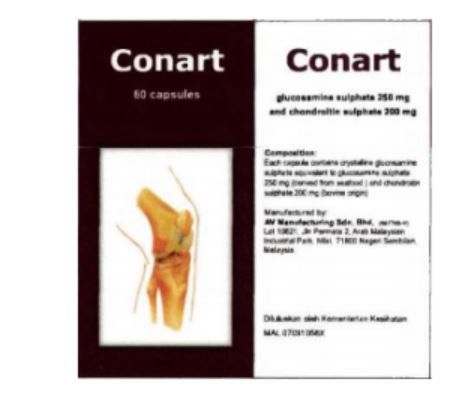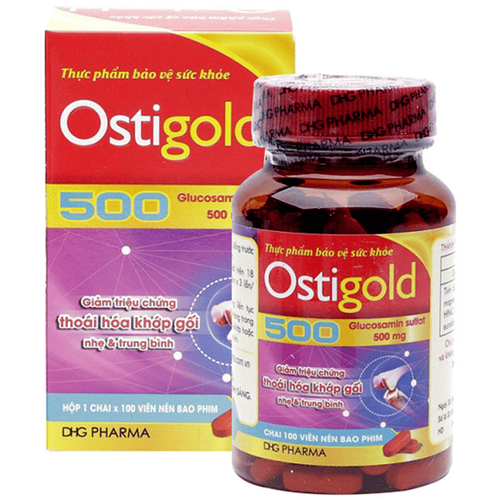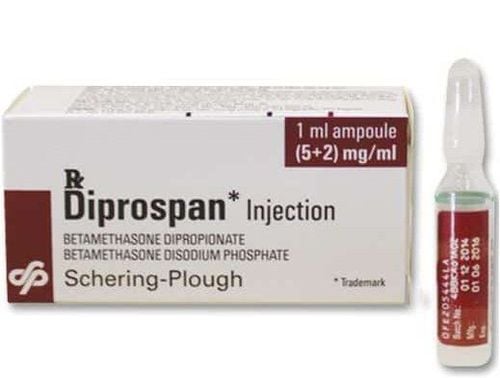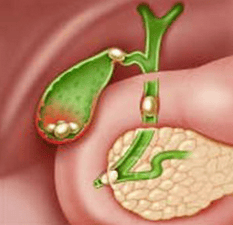This is an automatically translated article.
Currently, many people suffer from bone and joint diseases and can occur at any age such as: dangerous side effects and exacerbation of arthritis, osteoporosis,... The use of Osteoarthritis drugs not prescribed by the doctor can cause musculoskeletal diseases.Musculoskeletal disease is a common name for diseases related to muscles, joints and bones and the typical symptom is pain, and swelling of the joints, making the patient limited movement. Currently, osteoarthritis is increasing in Vietnam, some common diseases include:
Arthritis: Common in wrist joints, hip joints, knee joints, ... causing swelling and pain at the location. inflammation. Osteoarthritis, spondylolisthesis: common in the elderly due to degeneration and erosion of joint cartilage and discs. Causes pain in joints and spine. Disc herniation: Usually occurs in the cervical vertebrae and lumbar spine, causing the nerves to be compressed, which can eventually lead to paralysis and muscle atrophy. Rheumatoid arthritis: Causes swelling, pain, stiffness, and can even affect blood vessels, heart, lungs,... Sciatica: Patients often have pain from the lower back to the feet Osteoporosis: Often In the elderly, bones become brittle and fragile. Typical symptoms are pain and cause other musculoskeletal conditions. Osteoarthritis medications are effective in controlling inflammation and reducing pain. For arthritis, non-steroidal anti-inflammatory drugs are often used in combination with corticosteroids to relieve pain. In addition, in order to control and gradually reduce dependence on anti-inflammatory drugs and corticosteroids, the doctor will prescribe the use of drugs that affect the cause such as methotrexate, sulfasalazine,...

Bệnh lý viêm khớp thường dùng các thuốc kháng viêm không steroid và nhóm corticoid để giảm đau
1. Side effects of bone and joint drugs
Any drug can cause unwanted effects, the degree of which depends on each drug, route of administration and body of each person. In particular, the drugs for osteoarthritis also cause side effects on specific organs such as:1.1. Effects on the digestive system
Anti-inflammatory drugs to treat diseases in arthritis often cause unwanted effects, the symptoms include:Abdominal bloating Nausea, vomiting Diarrhea Constipation Constipation Stomach burning pain Heartburn Gastrointestinal bleeding Stomach ulcers Severe cases can lead to gastrointestinal perforation.
1.2. Cardiovascular side effects
Non-steroidal anti-inflammatory drugs (NSAIDs) with the exception of aspirin are associated with an increased cardiovascular risk for users and worsening of the condition in patients with a pre-existing cardiovascular history. When using high-dose non-steroidal anti-inflammatory drugs for a long time, it can lead to heart failure, myocardial infarction, stroke, ... even death.In addition, in the elderly, non-steroidal anti-inflammatory drugs are prescribed in combination with drugs to treat hypertension or congestive heart failure. For people with arthritis who need to use non-steroidal anti-inflammatory drugs to reduce pain, reduce swelling and make movement easier, doctors need to evaluate and compare the advantages and disadvantages on the patient before prescribing.
1.3. Kidney side effects
The most common adverse effect on the kidneys is swelling and edema due to water being retained in the body. In addition, the patient may experience some other problems on the kidneys. Nonsteroidal anti-inflammatory drugs used in osteoarthritis may increase the risk of kidney failure or sudden kidney damage.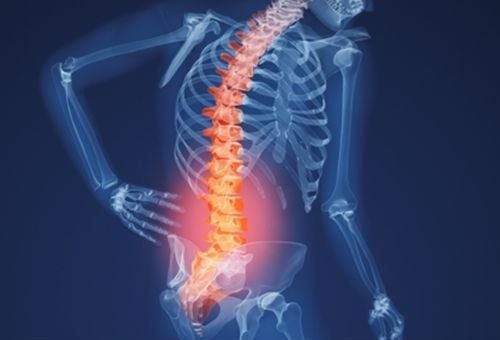
Các thuốc kháng viêm không steroid trừ aspirin đều làm tăng nguy cơ tim mạch cho người sử dụng
2. Preventive measures
In order to prevent unwanted effects of bone and joint drugs, patients need to follow the doctor's instructions, do not use drugs indiscriminately or arbitrarily take drugs. In addition, it is necessary to have a healthy diet and lifestyle. After the age of 30, the degenerative process will begin. To prevent bone and joint diseases, it is necessary to:Quit smoking: Tobacco is a toxic substance that causes addiction, destroys the skeletal system and increases the risk of diseases related to the heart, eyes, fetal malformations, Physiological weakness,... Weight loss: When gaining weight, obesity will have a high risk of osteoarthritis, especially hip, knee, ankle, and lumbar spine. Exercise regularly and appropriate for your age. For young people under 30 years old can practice strength sports such as badminton, soccer, tennis, gym,... People over 30 years old can practice gentle sports: Cycling, light jogging, yoga, double barbell, abs bending, swimming,... In case of specific musculoskeletal diseases, it is necessary to consult a specialist to have suitable training methods. Limit stimulants such as alcohol, carbonated drinks, ... Instead, have a reasonable diet, eat a lot of fruit, drink enough water, supplement joint and micronutrients, detox annual worms,... Avoid sitting for a long time in one position, go away and sit for a long time, so have a supportive neck pillow, when sleeping, you need to lie on a hard mattress and low pillow, avoid sudden heavy lifting, limit walking high heels,... In short, drugs in osteoarthritis mainly control inflammation and relieve pain and often cause unwanted effects such as kidney failure, hypertension, myocardial infarction, ... can even lead to death if overdosed for a long time. Therefore, in order to minimize unwanted effects, patients need to follow the treatment regimen of the doctor, do not buy drugs on their own. appropriate intervention.




